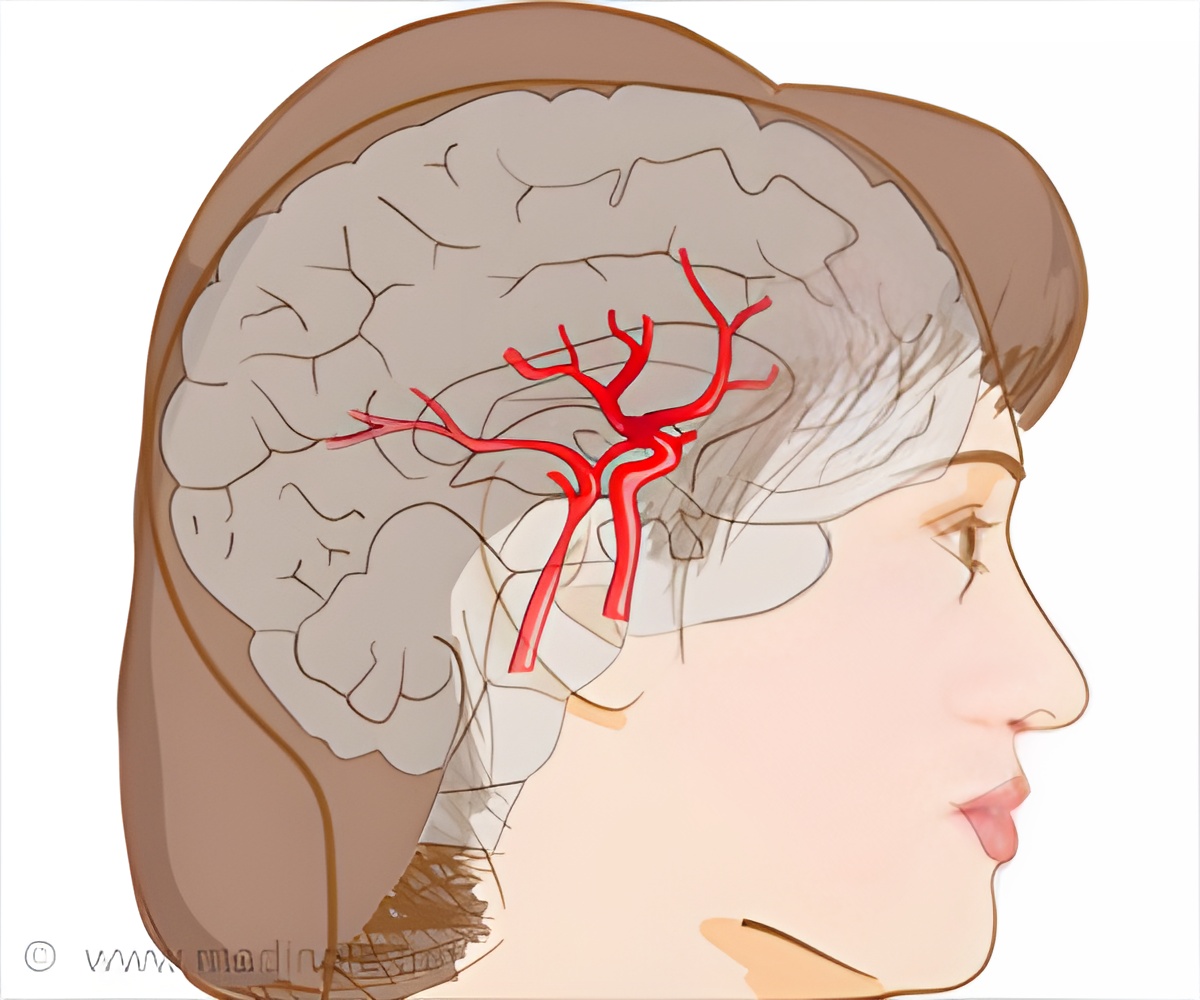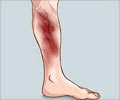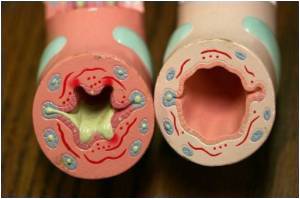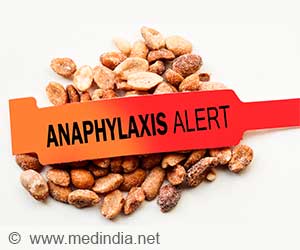Mutations in the CERC1 gene associated with deficiency of ADA2 protein have been implicated in the pathogenesis of cPAN and early-onset vasculopathy.

In addition to the skin problems, patients may also complain of generalized symptoms such as malaise, fever, sore throat, myalgia and arthralgia. Peripheral neurological symptoms such as tingling, numbness, weakness, sensory disturbances and absent reflexes may also be present.
The diagnosis of cPAN is done by skin biopsy. Treatment of polyarteritis nodosa usually runs a chronic course that can last from months to years with exacerbations and remissions.
The exact cause of cPan is not known. Majority cases of cPAN are associated with or triggered off by certain infections, particularly Group A streptococcus, hepatitis B, hepatitis C Human Immunodeficiency Virus (HIV) or Parvovirus B19.
A complex interaction of auto inflammatory and autoimmune factors, and immunodeficiency, are linked to the development of cPAN.
Autosomal recessive mutations in the CERC1 gene may be seen in some patients with cPAN. The CERC1 gene encodes for adenosine deaminase 2 (ADA2), a plasma protein that is important for the development and differentiation of leukocytes (white blood cells, or WBC) and endothelial cells that line the walls of the blood vessels. This genetic abnormality leads to deficiency in the ADA2 protein (DADA2). ADA2 protein deficiency can also cause immunodeficiency. It can lead to uncontrolled, chronic activity of neutrophils and damage the endothelial cells. It is also possible to measure the levels of ADA2 protein and/or CERC1 in some centers.
Mutations in the CERC1 gene associated with DADA2 have been implicated in the pathogenesis of cPAN and early-onset vasculopathy. DADA2 also affects several cellular compartments, including B cells. However, some patients appear to have a relatively benign and skin-limited disease.
The researchers observed that although both the study subjects were diagnosed as having cPAN in early childhood, the onset of disease was earlier in the female sibling than the male sibling. They also noted that the disease was associated with a more significant immunodeficiency and other systemic symptoms in the female subject than the male sibling.
These findings suggest a genetic cause of cPAN in some patients. Therefore, DADA2 should be considered in patients with cPAN, especially among patients whose conditions are diagnosed at an early age, regardless of their ethnic background, presence or absence of systemic symptoms, or family history of the disease.
Source-Medindia









